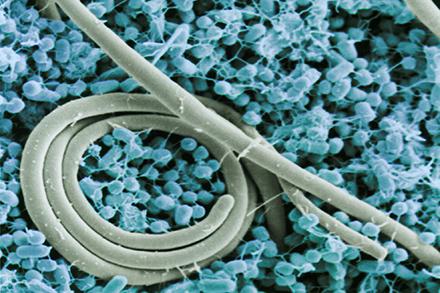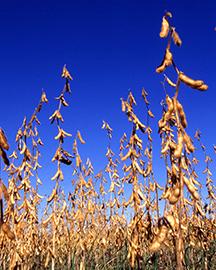Fighting Foodborne Illness

There are over one million cases of Salmonella and over 26,000 hospitalizations from this foodborne illness in the U.S. every year. The cause for most of these cases is consumption of contaminated food, such as undercooked or raw meat, poultry, eggs, or dairy.
To help combat this issue, ARS scientists with the U.S. National Poultry Research Center in Athens, GA, in collaboration with Food Science researchers at the University of Georgia, developed a series of algorithms capable of effectively predicting the prevalence of Salmonella. From these algorithms, the researchers predictively modeled factors that most impacted the presence of Salmonella throughout the pastured poultry farm-to-fork continuum. In the preharvest stages, they found that the number of years of farming and feed composition were major farm management drivers. In postharvest stages, the scientists identified feed composition as the most relevant variable. Other major factors that were correlated with Salmonella presence included average temperature, humidity, and high wind gust speeds.
These algorithms allow farmers and food inspectors alike to identify where in the supply chain Salmonella contamination is likely to occur so appropriate measures can be taken.








